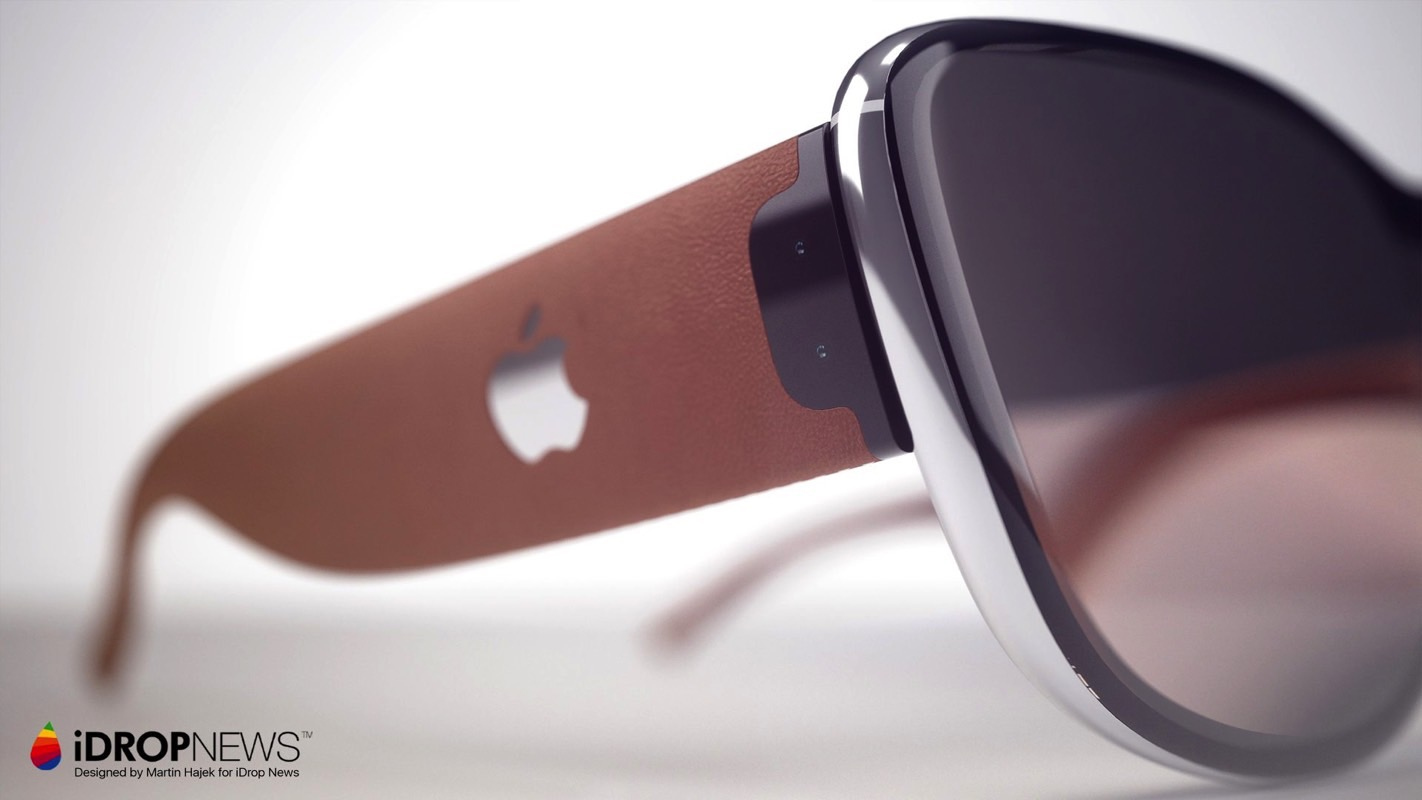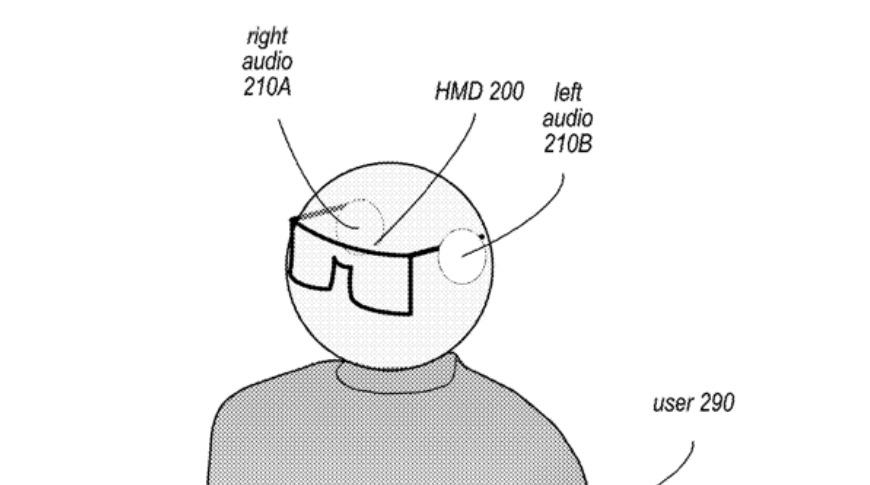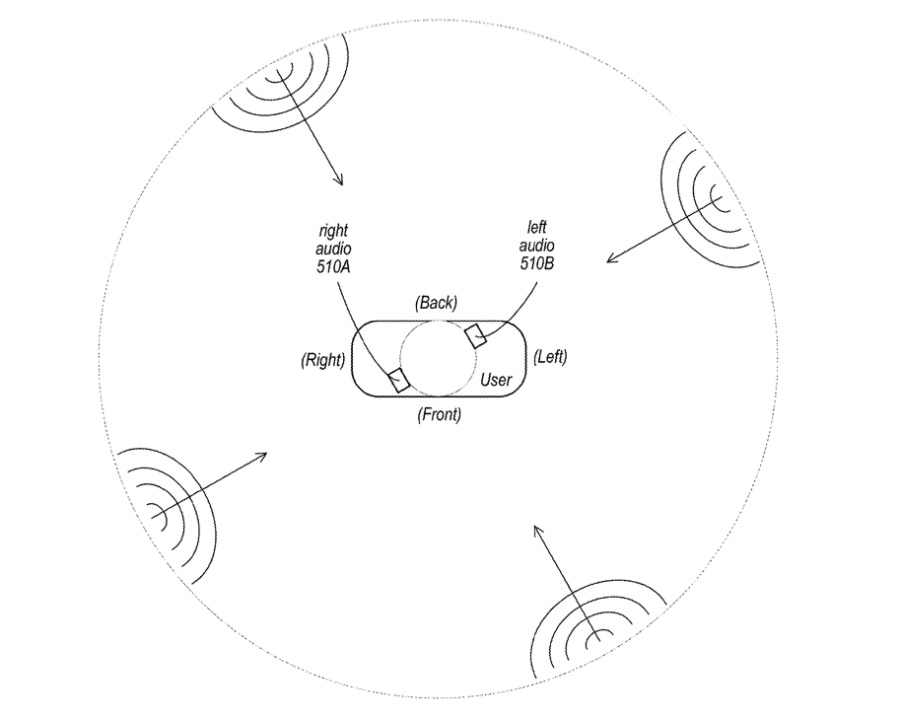Apple Glass could change how you navigate — and it's totally wild
Apple Glass might use sound location to guide you to your destination

We’re still some way from Apple Glass being on shelves and (maybe) achieving the same kind of ubiquity as AirPods, but we’re learning a lot about possible features from the patents Apple is filing.
We’ve already seen that the AR spectacles could see the end of bespoke lens prescriptions and perform chroma keying for custom backgrounds, but the latest patent offers something a little more out of leftfield: audio navigation without words.
- Everything we know about Apple Glass
- What's in the iPhone 12?

First spotted by Apple Insider, the patent describes a form of navigation where the user is led the correct way via the direction sound appears to be coming from.
One example: “to guide the user on a path while listening to music, the apparent source of the music may be placed in front of the user to guide the user along the path, and moved to the side of the user to prompt the user to make a turn on the path,” the patent suggests.
This sounds counterintuitive to the point of weird, but it has a few potential upsides according to the patent writers.
First off, audio cues wouldn’t require a user to stop listening to their music, podcast or phone call to hear the directions. A user, the patent says, “may prefer for the audio not to be interrupted by vocal directions.” Not only that, but “when on a phone call, vocal directions can interfere with the conversation, and/or the conversation can interfere with the vocal direction”

More importantly, though, the patent extols the psychological benefits of audio cues rather than full on direction. This more gentle nudging, it suggests, will prevent users navigating on autopilot and running into accidents.
Sign up to get the BEST of Tom's Guide direct to your inbox.
Get instant access to breaking news, the hottest reviews, great deals and helpful tips.
“Psychologically a user may tend to assume vocal directions are correct and thus follow the directions without much thought, potentially causing accidents,” the patent explains. “By using directionality and distance of sound as an audio cue to guide a user instead of vocal directions to tell a user, it is up to the user to determine if it is safe to follow the directional audio cue.”
Yes, I’ll admit this patent has me checking the calendar to make absolutely sure it’s not April 1, but it may prove to be less intrusive in practice than it sounds on paper. And even if it’s not, it’s worth remembering that a patent application is partly about ensuring another company doesn’t get there first: there’s no guarantee that any given patent will actually be used in a commercially available product. A case in point: last year, Apple patented over 2,700 different things.
We look set to have quite a wait before we can see what Apple’s take on AR glasses are actually like. The earliest date we’ve heard mooted is March to June 2021, but a leaked internal presentation suggested that they may debut as late as 2023.
Freelance contributor Alan has been writing about tech for over a decade, covering phones, drones and everything in between. Previously Deputy Editor of tech site Alphr, his words are found all over the web and in the occasional magazine too. When not weighing up the pros and cons of the latest smartwatch, you'll probably find him tackling his ever-growing games backlog. Or, more likely, playing Spelunky for the millionth time.

